POC Lab advisory board – Claes Hultling

This article is part of our series featuring select members of the POC Lab, our scientific forum where we discuss new research ideas and ways we can innovate to enhance safety. The forum takes a holistic approach to safety and develops ideas and perspectives that may not have been previously considered.
“A broken leg is a broken leg, but a broken soul does not heal in the same way. You cannot put a broken soul in a cast.”
Dr Claes Hultling, a world leader in the treatment of Spinal Cord Injury (SCI), a tetraplegic who suffered life-changing injuries in a diving accident 35 years ago, and a member of the POC Lab, speaks in direct terms that do much to express his fighting spirit.
His voice comes clearly across a phone line from Sweden, where he is professor in the SCI Unit at the world famous Karolinska Institutet. As founder of the Spinalis Foundation, he has turned life-changing injuries into his life’s work. The Spinalis Concept—one that encourages the rehabilitation of “body, mind and life”—is a holistic approach that he has pioneered. However, he will not claim that the approach is unique.
“Our focus on the body, life and mind is something that has been evolving from our operations for 30 years. The short answer is that the link between the body and the soul is obvious and that the psychological part goes hand-in-hand with the physical,” he explains.
“The most difficult part for a doctor in all categories is to motivate the patient. This exceeds any other challenge. If you don’t have the patient with you, it’s a waste of time and a waste of money to spend money on drugs or any type of treatment or technical aid. There is a link (between body, mind and life), and it’s important. It’s obvious that you have to address the whole person. Because it’s easy to look upon the person, there is a tendency to forget about the soul.”
Hultling’s work would be remarkable by itself but is made the more so by his personal story. On May 31, 1984, while at a party with work colleagues on the Stockholm archipelago, he dived twice from a jetty into the sea. On the second occasion, he hit his head on a concrete block, fracturing the sixth cervical vertebrae, causing paralysis from the shoulders down. In the traumatic days that followed, he regarded the return of movement in his arms as “a bonus”.
Two weeks later, he got married, as planned. That the wedding took place in a physio room at the Karolinska Hospital now seems strangely symbolic: the first, significant, act in a new life in which he would refuse to allow his condition to generate compromise. Eight years later, the conception of his son Emil, via in vitro fertilisation, made Hultling the first complete tetraplegic man to father a child. There can be no clearer sign of his determination to lead a full life, undiminished by his injury.
Had he always been a fighter, I wonder? As a presumably carefree young anesthetist before his accident occurred, engaged to be married and enjoying an active lifestyle, had the determined character that has since become his dominant characteristic lain dormant? Has he acquired a tenacious spirit as a direct consequence of his accident?
“I don’t think it developed because of it. It certainly magnified that aspect of my personality because it became useful. I’m not only exercising it; for me, it has been important,” he reveals.
“You break your neck; you don’t break your mind and soul, that’s number one. Number two, if you’re equipped with energy its easier. Sometimes it goes with the territory. There are more doers who break their backs and necks than phlegmatic philosophers. Often it’s easier to put the doers through rehabilitation than the phlegmatic types who don’t feel the need to get back into life.”
The language he uses to describe the necessity of a patient refusing to accept their disability is uncompromising. His stance puts one in mind of Rise, the song by Public Image Limited, in which Jon Lydon intones with ever-increasing intensity that “anger is an energy”. Hultling acknowledges and agrees with the reference.
The distinction between learning to live with a disability and accepting it is more than merely semantic, he argues, maintaining the latter should not be countenanced by anyone with a spinal cord injury.
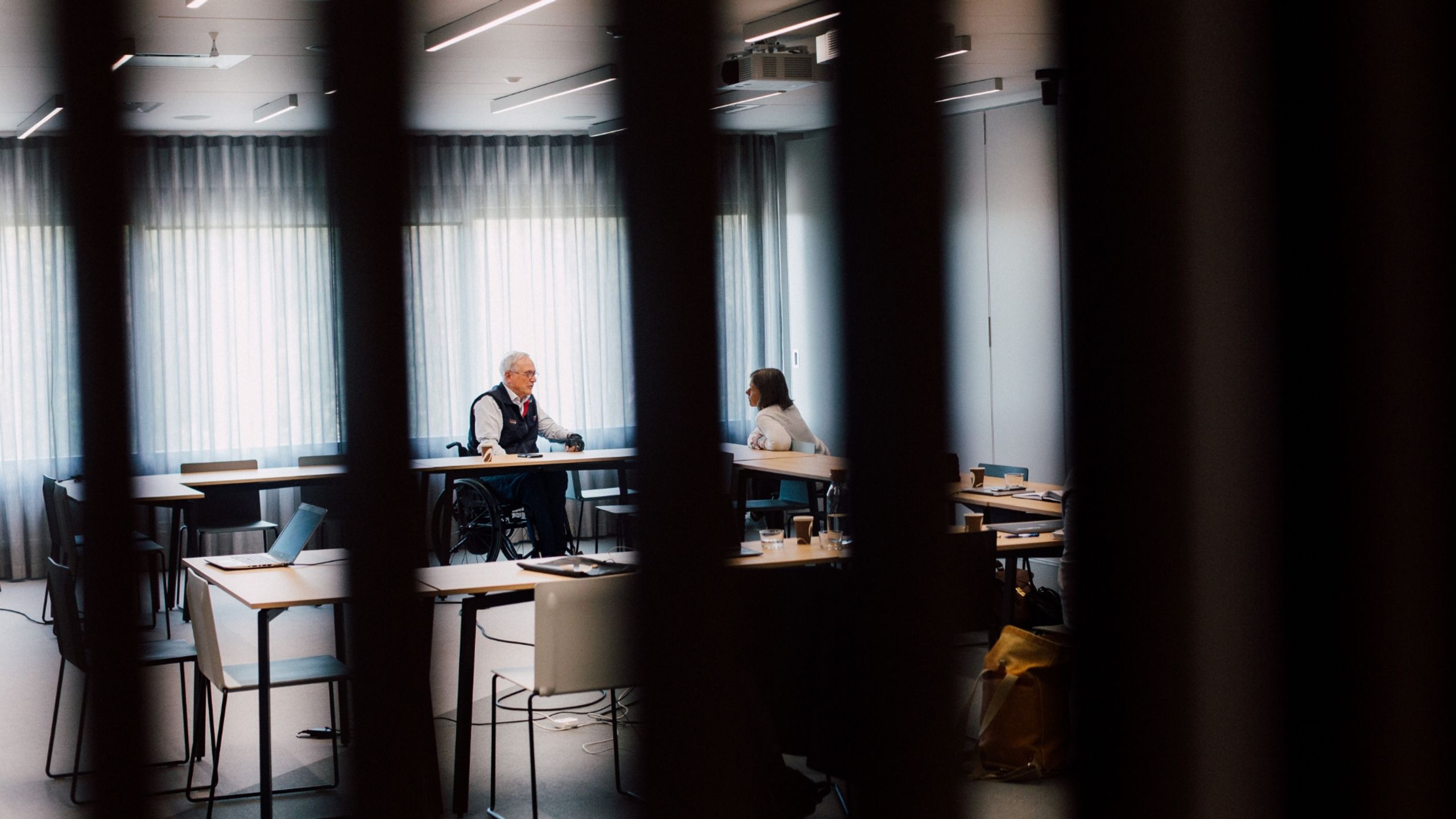
Claes Hultling (M.D. Ph.D. Professor, spinal injury specialist) and Magdalena Lindman (Technical Expert, Volvo Cars Safety Centre), both members of POC Lab
“Sometimes you have that in discussions about wording and semantics and how you evaluate it, and if people don’t feel comfortable they can find their own way. But if people with spinal cord injuries accept that they cannot access the amusement park or whatever, it soon becomes more or less inbred in their personality that they should accept that they cannot access comfort,” he argues.
“It’s a way of diminishing and devaluing the physical presence, which is important at all times. That’s why I still stick to this metaphor and if people have problems, well, that’s up to them. It’s the language that I choose.”
Perhaps the most extraordinary aspect of Hultling’s extraordinary work is the growing influence of The Spinalis Foundation on the treatment of spinal cord injuries in Africa.
Ten years ago, Hultling was invited by the government of Botswana to give a seminar at the Swedish embassy. He spent the evening sat next to the Minister for Health and was alarmed to learn of the number of Botswanans who suffered spinal cord injury and who died as a result. After initially seeking funds from the Swedish International Development Cooperation Agency, Hultling and a handful of colleagues began improving a small section of the capital’s Princess Marina Hospital.
“I started with a small team; five of us. We started in a very modest way, in three cubicles in an orthopedic ward. It turned out we could make a big difference. I persuaded the board at the hospital to allocate a “house” on the campus for us – the Spinalis building. After that, we did a refurbishment with our own money. We painted the walls blue and converted all the bathrooms and made them work for spinal-cord injured patients. People from Namibia walked across the Kalahari Desert and wanted us to start a blueprint in Windhoek. Today, the Windhoek unit works better than the Gaborone unit.”
The documentary film, Africa: With a Broken Neck tells Hultling’s story well, but the most powerful scenes are those recorded in Zambia. The reassurance he offers 16-year-old Michael, a passionate footballer and talented left back, whose life changed forever when he fell from a tree, picking mangos, is deeply affecting; so too the revelation that most SCI sufferers in Africa die from bed sores.
When I ask him to describe the scale of the challenge of introducing effective SCI treatment to Africa, Hultling tells me it is a daily challenge. Not only must he overcome challenges on the ground as varied as bureaucracy, corruption and unreliable information, but fundraising in Europe is no less complicated. Those he has met with recently include Melinda Gates of The Gates Foundation, and The Global Fund in Geneva.
The title of his TedX talk, Lust for Life, is another phrase with broad cultural resonance and a challenge to any who regard tetraplegics as reduced to a state of passivity by their injury. Hultling is adamant that physical incapacity should not reduce a patient’s expectations of life by one iota; Iggy Pop’s anthem encapsulates the sentiment perfectly. Further, the sexual connotation highlights another vital aspect of Hultling’s approach.
As the first tetraplegic father of a child conceived by IVF, he is well qualified to address a topic that could be regarded as taboo: the right of disabled people to enjoy a sexual life, and to become parents. He notes that 85 per cent of patients with spinal cord injury are young men, strongly motivated by sexual desire. Hultling does not flinch from the topic, and argues that it is more addressable now than 25 years ago.
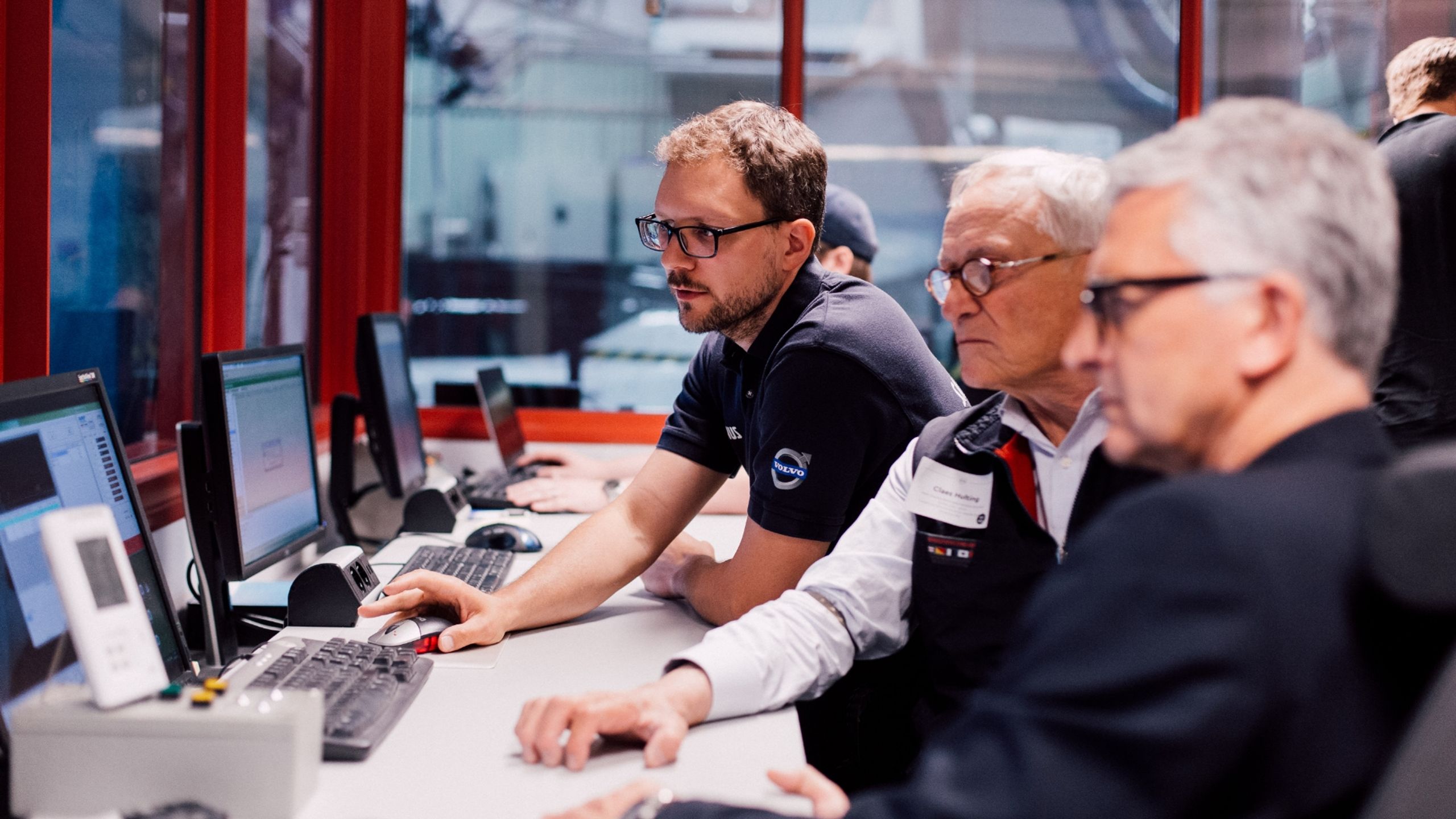
If young men continue to form the largest constituency within an admittedly changing demographic of paraplegic patients (falls among the elderly are an unfortunate growth area), what percentage resulted from sporting accidents? Hultling estimates around 30 per cent, and includes skiing and cycling, especially mountain biking, among those from which new patients arise.
The trend brings us to his work with the POC Lab, an advisory board of medical experts and industry leaders that advise the brand and help it to fulfil its mission to do its best to possibly save lives and reduce the consequences of accidents. Hultling was introduced to POC’s world by founder Stefan Ytterborn, and has since been an investor and collaborator, as well advisor.
“I became more engaged with the company. We did a helmet with the Karolinska Institutet; a collaboration with me and my colleague, Per Hamid Ghatan, who is also on the POC Lab,” he explains.
He identifies POC’s greatest success as making safety equipment cool. It’s unique identity, grounded in an aesthetic that unites form and function with uncompromising style, has been especially powerful in convincing the same constituency of young men that accounts for the largest single group of those who suffer spinal cord injury to kit up.
“Back protection especially has really changed the way of thinking on security and safety precautions. A lot of people from the US ask me, how do you get the kids to wear those? All of a sudden it became à la mode to wear safety gear and to carry avalanche probes. Parents especially are thankful that it has become cool to wear this stuff.”
POC’s products are the result of a host of unique influences, not least from the POC Lab. Few if any of its competitors can claim to seek the advice of internationally renowned medical practitioners, but POC has made distinctiveness a calling card.
Few if any can speak on the topic of spinal cord injury with Hultling’s authority; an expert view gained as much by his achievements with The Spinalis Foundation as by his own life-changing accident. Little wonder that POC places such value on its association with a uniquely qualified individual.
Related articles
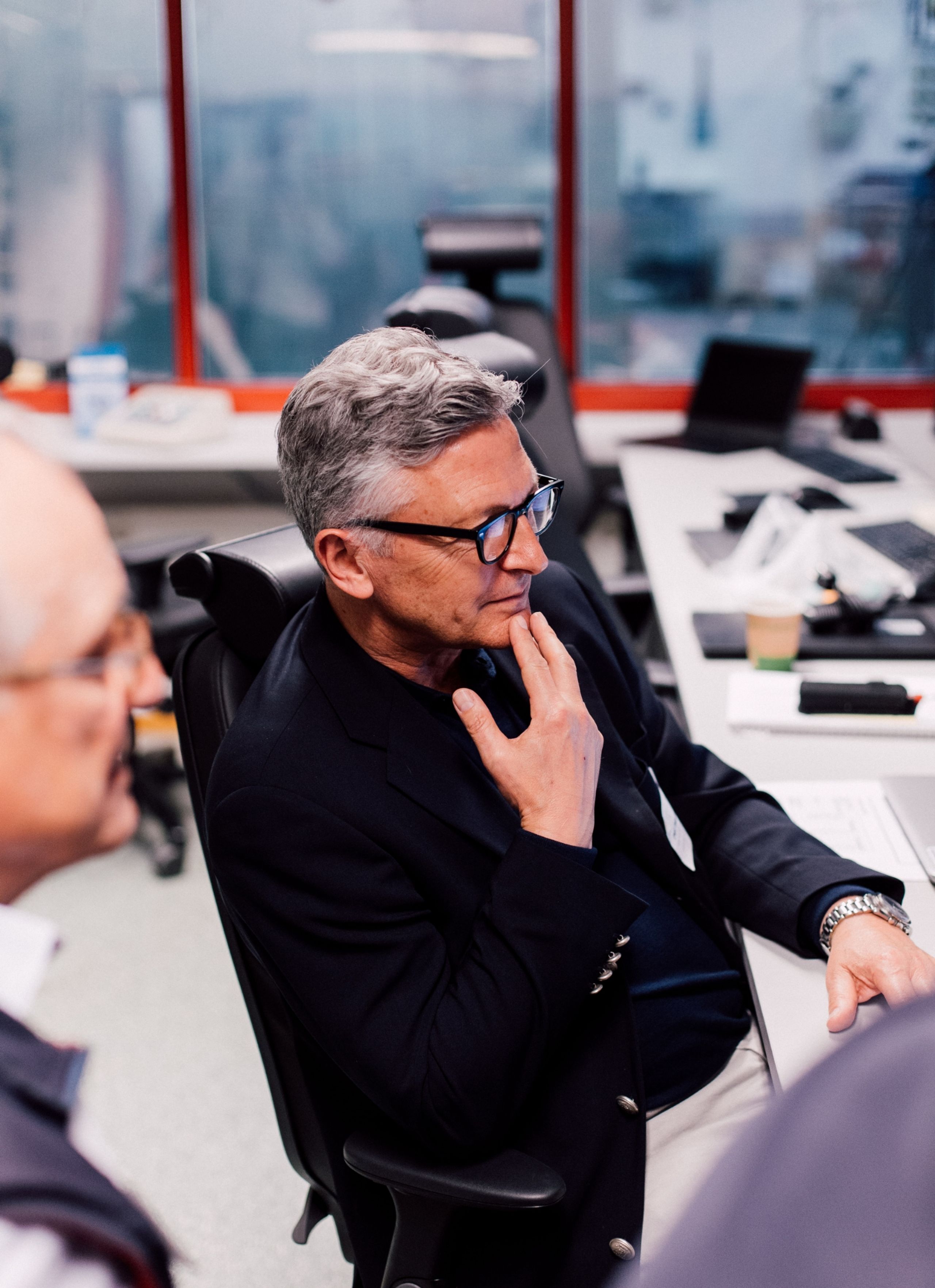
POC Lab advisory board – Per Hamid Ghatan
Per Hamid Ghatan MD, PhD embodies the scientific credentials of the POC Lab. A leading expert in head trauma and brain injury, whose tireless efforts for his patients led to a law in Sweden that makes helmet use compulsory for cyclists aged 15 and under, he has worked closely with a host of companies driven by innovation. He regards POC as the gold standard.
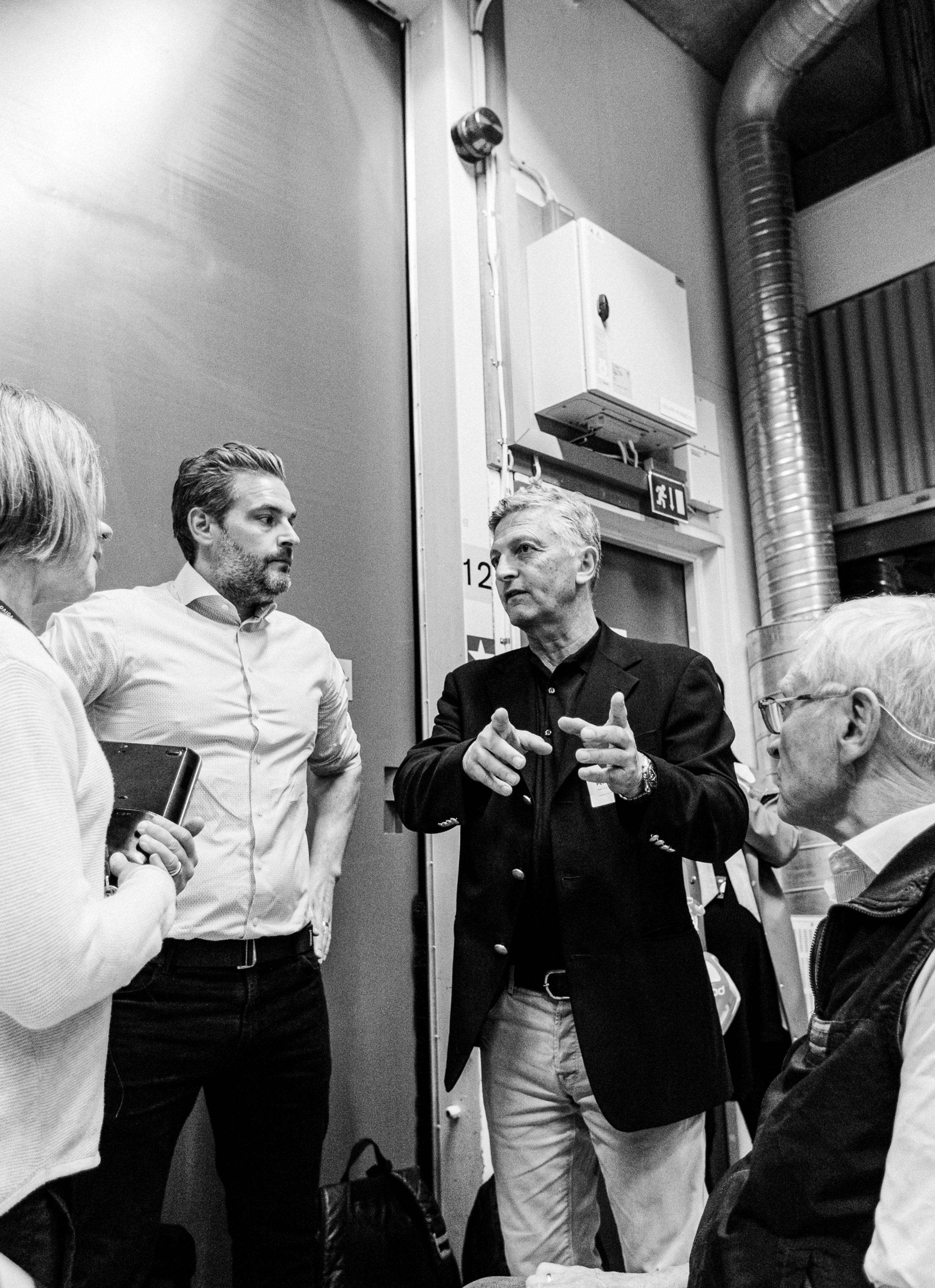
Great minds think together
It is not simply finished products that change people’s lives; rather it is the concepts and ideas that shape these products. It is only through having the freedom and the space to develop ideas that real change can happen. And often, a different perspective is vital before new solutions can materialize. Take, for example, how Superglue came to be: First developed to be used in the production of a gun sight, it was too strong and not fit for purpose, but nine years later with another perspective there was the Eureka moment, from which the world was introduced to a universal glue that has gone on to impact most people’s lives and led to countless imitations
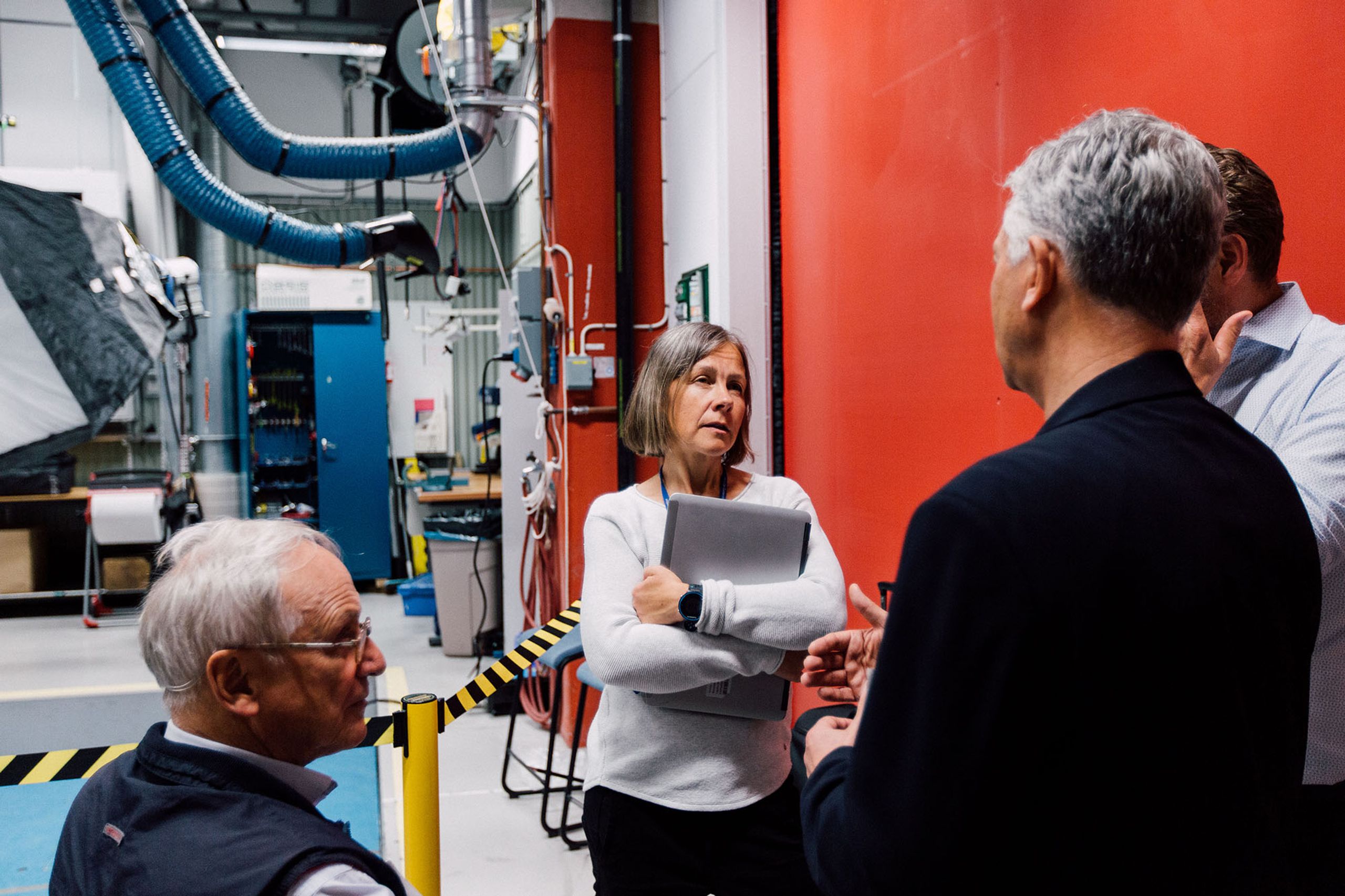
POC Lab advisory board – Magdalena Lindman
Magdalena Lindman is a person of many talents. The leader of a team of traffic safety data experts at Volvo Cars, she is a mechanical engineer by training, with a professional knowledge of biomechanics and a detailed understanding of strategic approaches to safer environments.